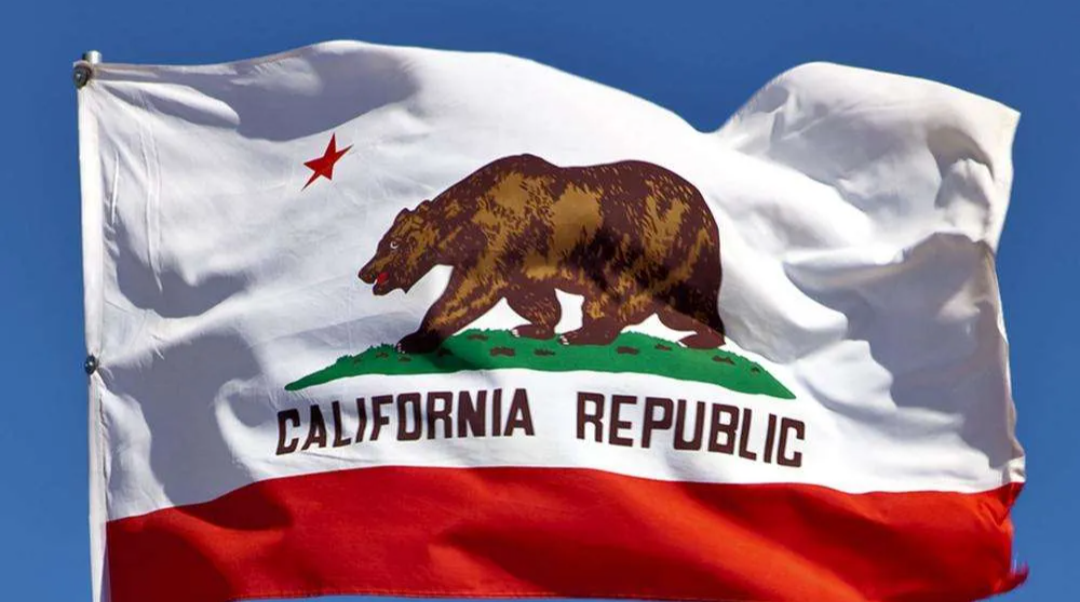
Just as Chevron Oil company announced that it is moving its headquarters to Houston Texas from San Ramon California, California Energy Commission regulators announced proposed government controls of the petroleum industry, ostensibly in order to combat future energy price surges, according to a report released August 1, 2024 by the CEC.
Despite California’s radical and very accelerated green agenda which does not include oil and gas as fuels, the CEC fully expects some of California’s nine oil refineries to be shuttered due to falling demand, which would give the remaining refineries increased pricing power and raise the possibility of a surge in gas prices, the study said.
But the study had other interesting conclusions
Like most product prices, gasoline prices should ideally obey the laws of supply and demand.
However, supply dynamics in California’s transportation fuels market differ from many other markets in the United States.
Despite being directly geographically connected to other states, California’s relatively isolated transportation fuels market makes it essentially a fuel island.
In addition, the critical need to address the state’s unique air quality challenges means that the state must require a unique fuel specification that differs from the rest of the nation.
Related to the isolated market, the state’s opaque spot market appears to have an outsized influence on prices in a way that does not align with supply or demand fundamentals.
These factors have led to several challenges for the stability of transportation fuel prices. For example, in the last two years (2022 and 2023), California had two gasoline price spikes in September and October.
“Spikes were not seen in regions outside of the western part of the United States.”



